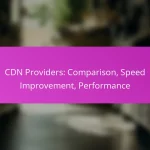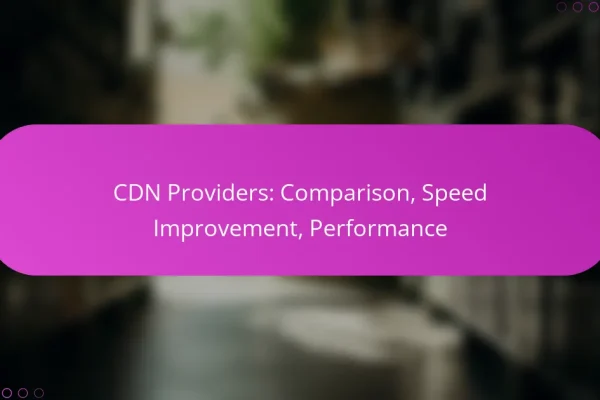
Speed Optimization Tools: E-commerce, Performance, User Experience
Speed optimization tools are essential for e-commerce businesses aiming to enhance website performance and user experience. By analyzing various aspects of your site, these tools provide actionable insights that lead to faster load times and improved conversion rates. Selecting the right tools with features such as real-time performance tracking and detailed analytics can significantly streamline…














